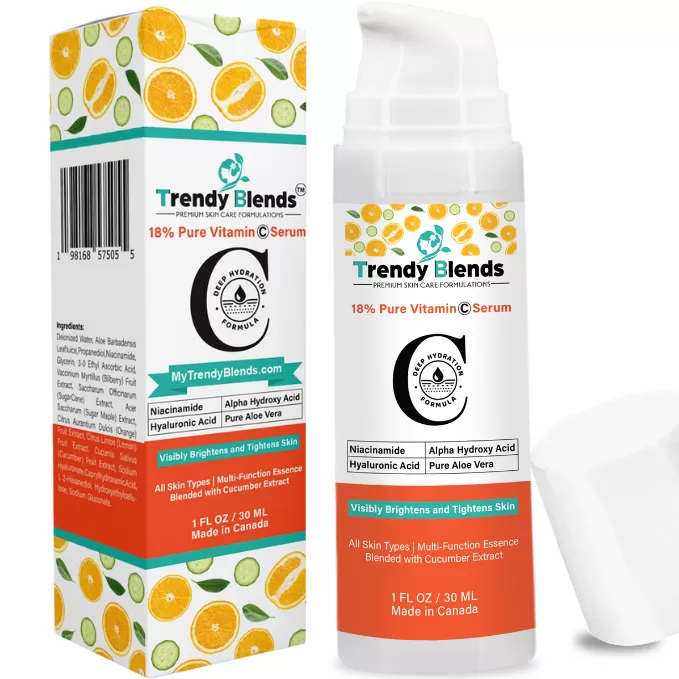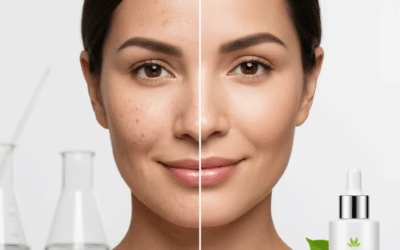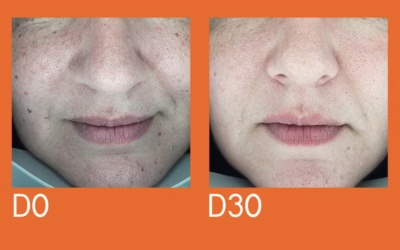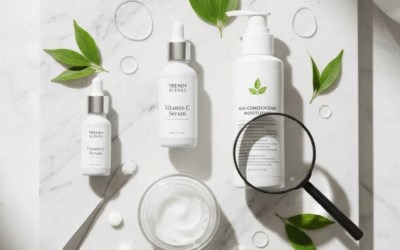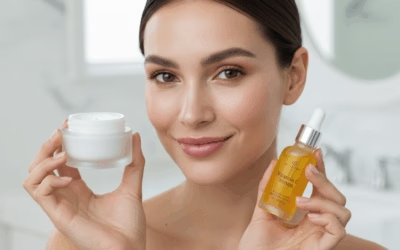7 Encouraging Ways to Reverse Sun Damage.
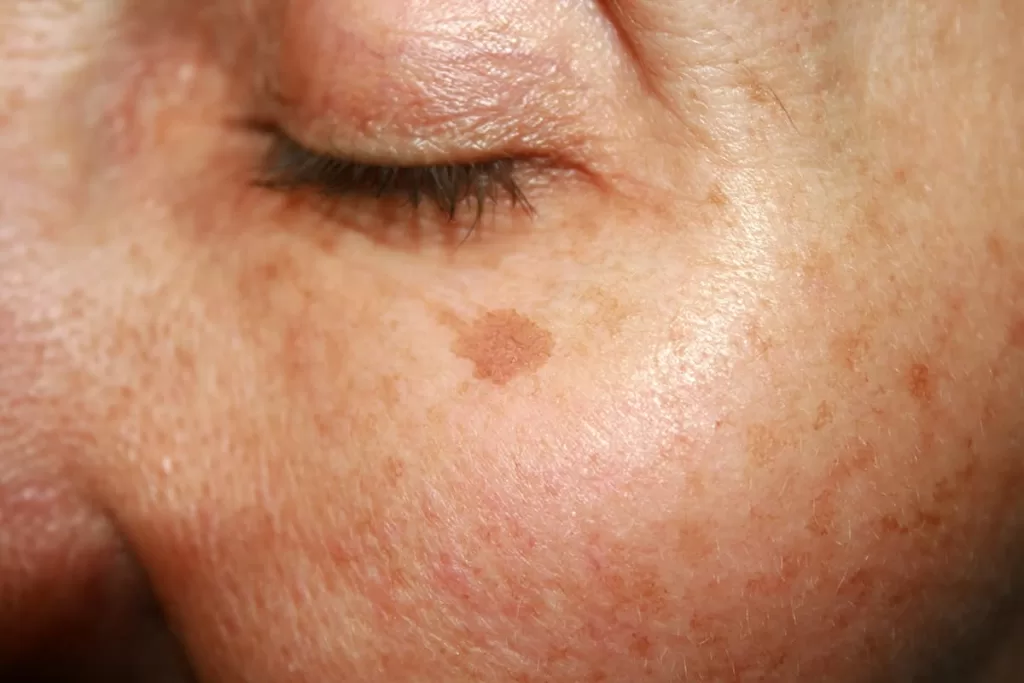
Sun damage is a reality many of us face, especially in today’s fast-paced world where outdoor activities have become more prevalent. Prolonged exposure to ultraviolet (UV) rays can lead to premature aging, dark spots, and other skin blemishes. However, the good news is that reversing some of this damage is possible! By adopting a purposeful skincare routine and lifestyle changes, individuals can work towards restoring their skin’s natural vitality. In this article, we explore seven encouraging ways to help reverse sun damage, along with essential tips, including the powerful benefits of using Vitamin C serum.

“Your skin is an investment, not an expense.” – Unknown
Table of Contents
1. Incorporate Vitamin C Serum into Your Skincare Regimen
One of the most effective ways to reverse sun damage is by including Vitamin C serum in your skincare routine. Renowned for its antioxidant properties, Vitamin C Serum helps neutralize free radicals created by harmful UV rays. Regular application not only brightens the skin but also reduces the appearance of dark spots and enhances skin texture.
- Benefits of Vitamin C Serum:
- Promotes collagen production
- Fights hyperpigmentation
- Provides hydration and protection from environmental stressors
- Enhances skin clarity and brightness
2. Stay Hydrated
Water is fundamental to maintaining skin health. Hydration promotes elasticity, cushioning the skin from the damaging effects of UV exposure. It’s essential to drink adequate water daily—not only for skin health but for overall wellness.
- Tips for Staying Hydrated:
- Carry a reusable water bottle for on-the-go hydration.
- Infuse your water with fruits or herbs for added flavor.
- Set reminders to drink water throughout the day.
3. Wear Sunscreen Daily
Prevention is always better than cure! Wearing broad-spectrum sunscreen is crucial in protecting your skin from further damage. It’s recommended to use a sunscreen with at least SPF 30, and it’s just as essential to reapply it throughout the day, especially after swimming or sweating.
- How to Choose a Sunscreen:
- Look for “broad-spectrum” labels.
- Choose a formula that matches your skin type (oily, dry, sensitive, etc.).
- Ensure it’s water-resistant, especially if you’ll be outdoors.
4. Utilize Retinol and Retinoids
Retinol and its stronger variant, retinoids, are powerful agents in skin regeneration. They help increase cell turnover, encouraging the shedding of damaged skin cells and replacing them with new, healthier skin. This process can reduce the appearance of sunspots and fine lines.
- Benefits of Retinol:
- Promotes smoother skin texture
- Reduces signs of aging
- Diminishes discoloration and dark spots
5. Focus on an Antioxidant-Rich Diet
What you put into your body significantly impacts your skin’s health. Consuming a diet rich in antioxidants can help combat free radicals, thus mitigating sun damage. Brightly colored fruits and vegetables are typically high in antioxidants and beneficial for your skin.
- Antioxidant-Rich Foods to Include:
- Berries (blueberries, strawberries)
- Dark leafy greens (spinach, kale)
- Nuts and seeds (walnuts, sunflower seeds)
- Citrus fruits (oranges, grapefruits)
6. Regularly Exfoliate Your Skin
Exfoliation helps remove the outer layer of dead skin cells, revealing the fresh skin underneath. Including gentle exfoliation in your routine can speed up the process of natural skin regeneration, helping to reduce the appearance of sun damage.
- Types of Exfoliants:
- Physical Exfoliants: Scrubs or brushes that manually remove dead skin.
- Chemical Exfoliants: Products containing acids like glycolic or salicylic acid that chemically dissolve dead skin cells.
7. Embed a Consistent Skincare Routine
Establishing a consistent skincare routine is key to repairing sun damage over time. Incorporate products that suit your skin type, and maintain a regimen that includes cleansing, toning, moisturizing, and treating.
- Basic Skincare Routine Steps:
- Cleanse: Use a gentle cleanser to remove dirt and impurities.
- Tone: Apply a toner to balance skin pH and tighten pores.
- Treat: Add serums like Vitamin C or retinol based on your needs.
- Moisturize: Seal in hydration with a suitable moisturizer.
- Protect: End with sunscreen during the day.
Frequently Asked Questions (FAQs)
1. How long does it take to see results when using Vitamin C serum?
Results can vary, but many users report improvements in skin tone and texture within 4-6 weeks of consistent use.
2. Is retinol safe for everyone?
While retinol is generally safe, those with sensitive skin or certain skin conditions should consult a dermatologist before incorporating it into their routine.
3. Can I wear makeup over Vitamin C serum?
Yes! After applying your Vitamin C serum, allow it to absorb into the skin for a few minutes before layering your makeup products.
4. How often should I exfoliate my skin?
It’s generally recommended to exfoliate 1-3 times a week, depending on your skin type and the exfoliant used. Always be cautious not to over-exfoliate, which can lead to irritation.
In Conclusion
Reversing sun damage requires a multi-faceted approach, combining protective skincare, healthy lifestyle choices, and nourishing diets. By integrating Vitamin C serum into your skincare routine and following these seven encouraging methods, anyone can take significant strides towards healthier, more resilient skin. Remember, starting the journey might feel daunting, but with persistence and care, achieving radiant skin is entirely possible. Embrace the process, invest in your skin, and watch the transformation unfold.
